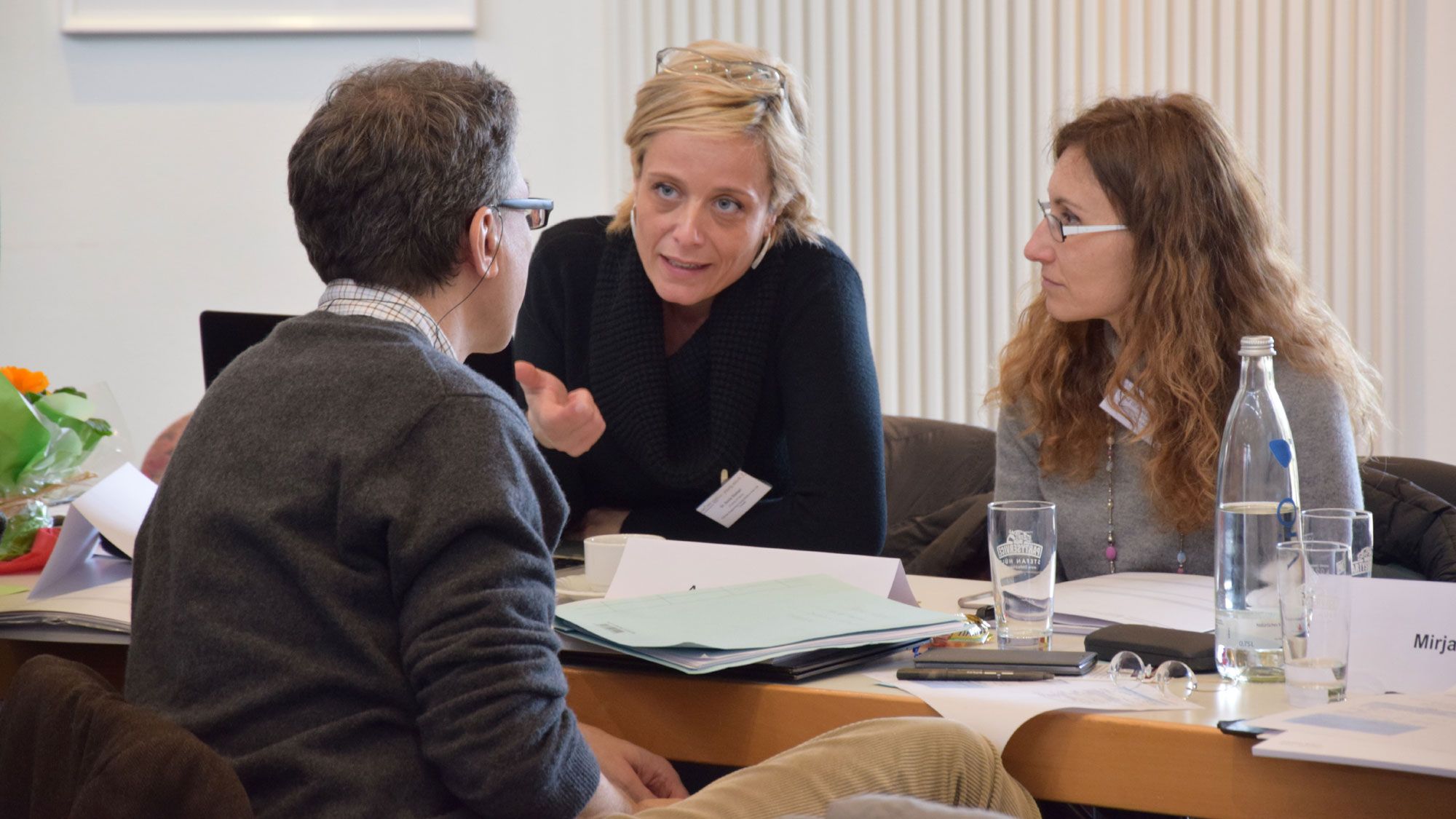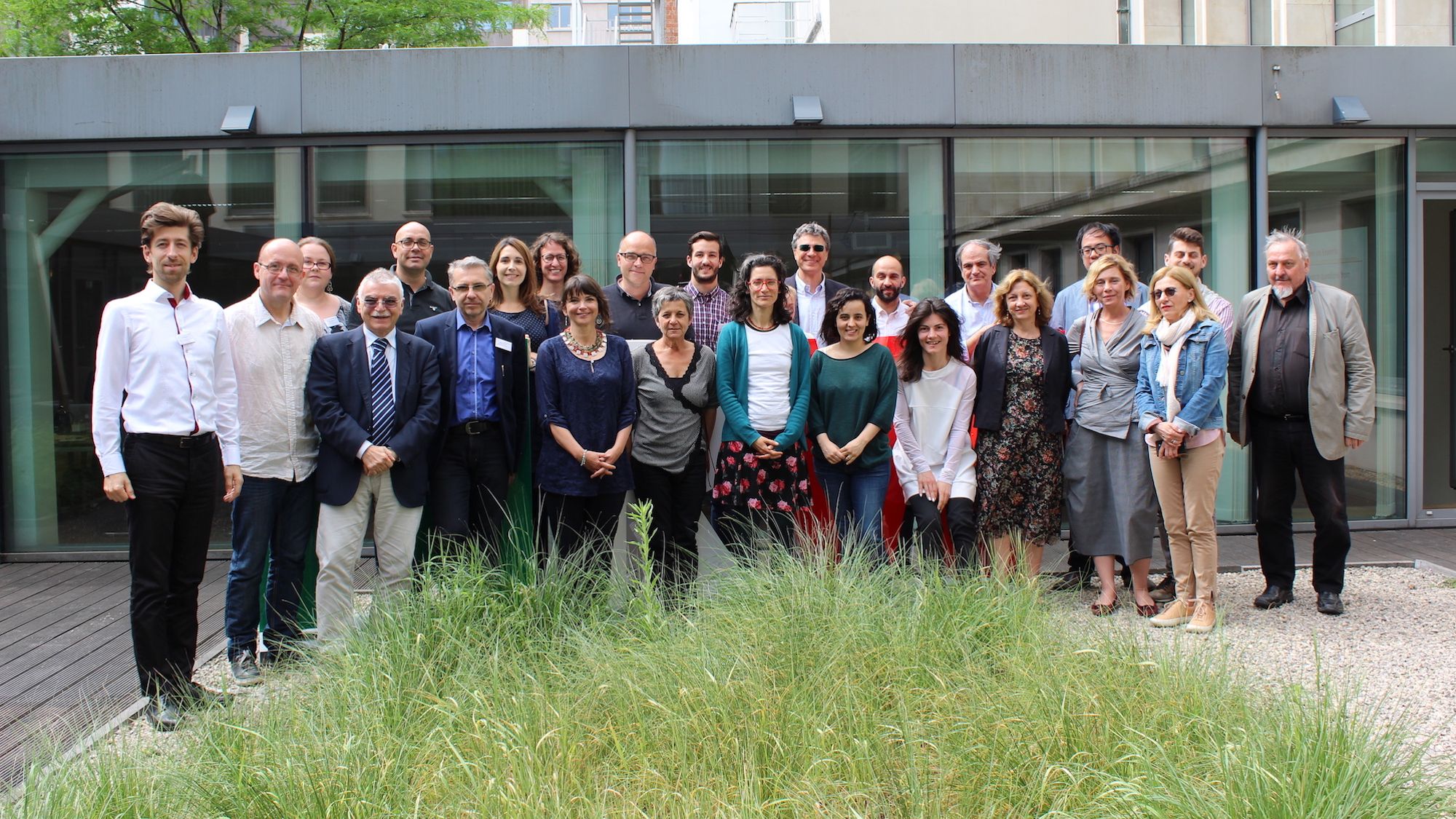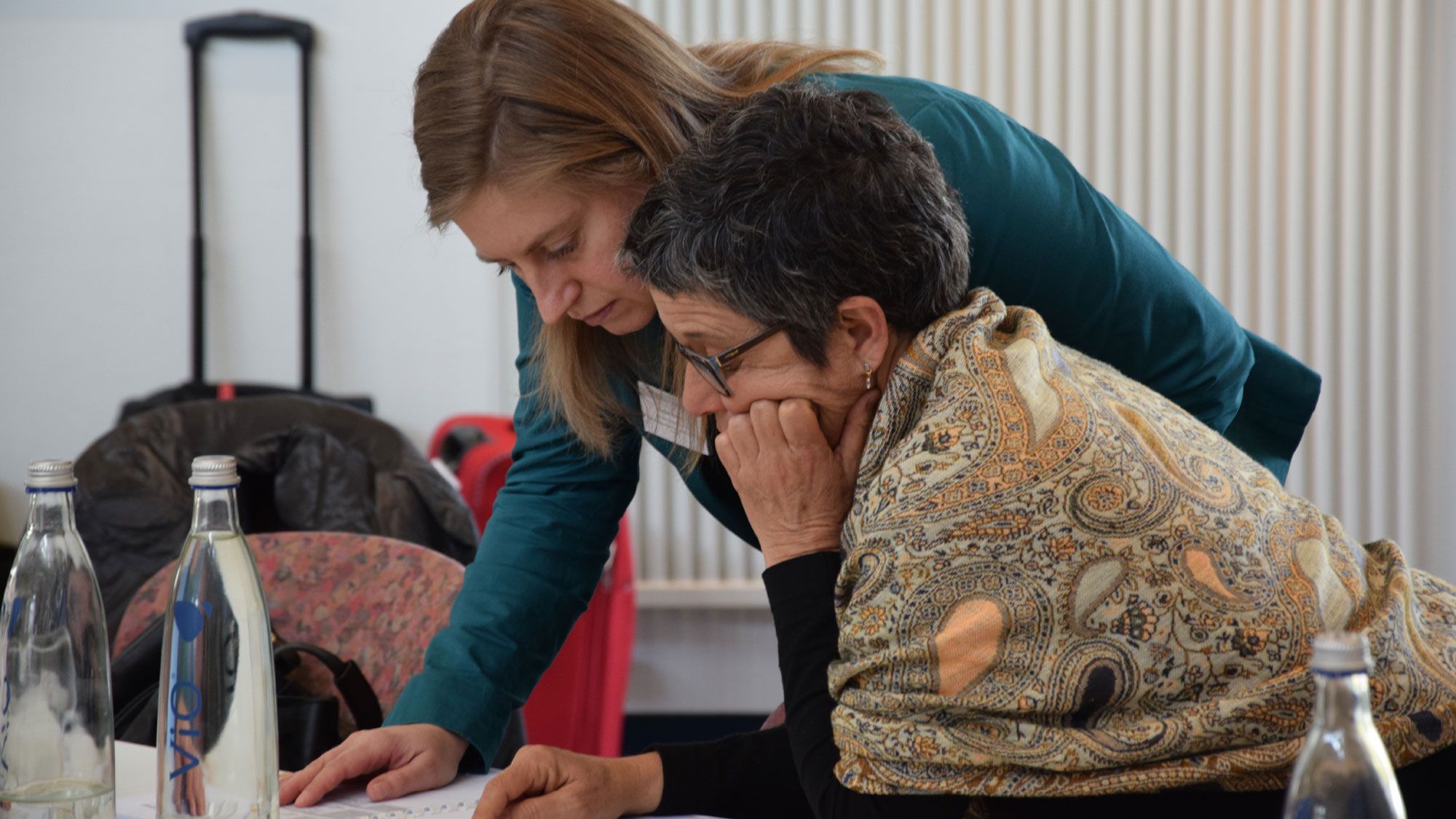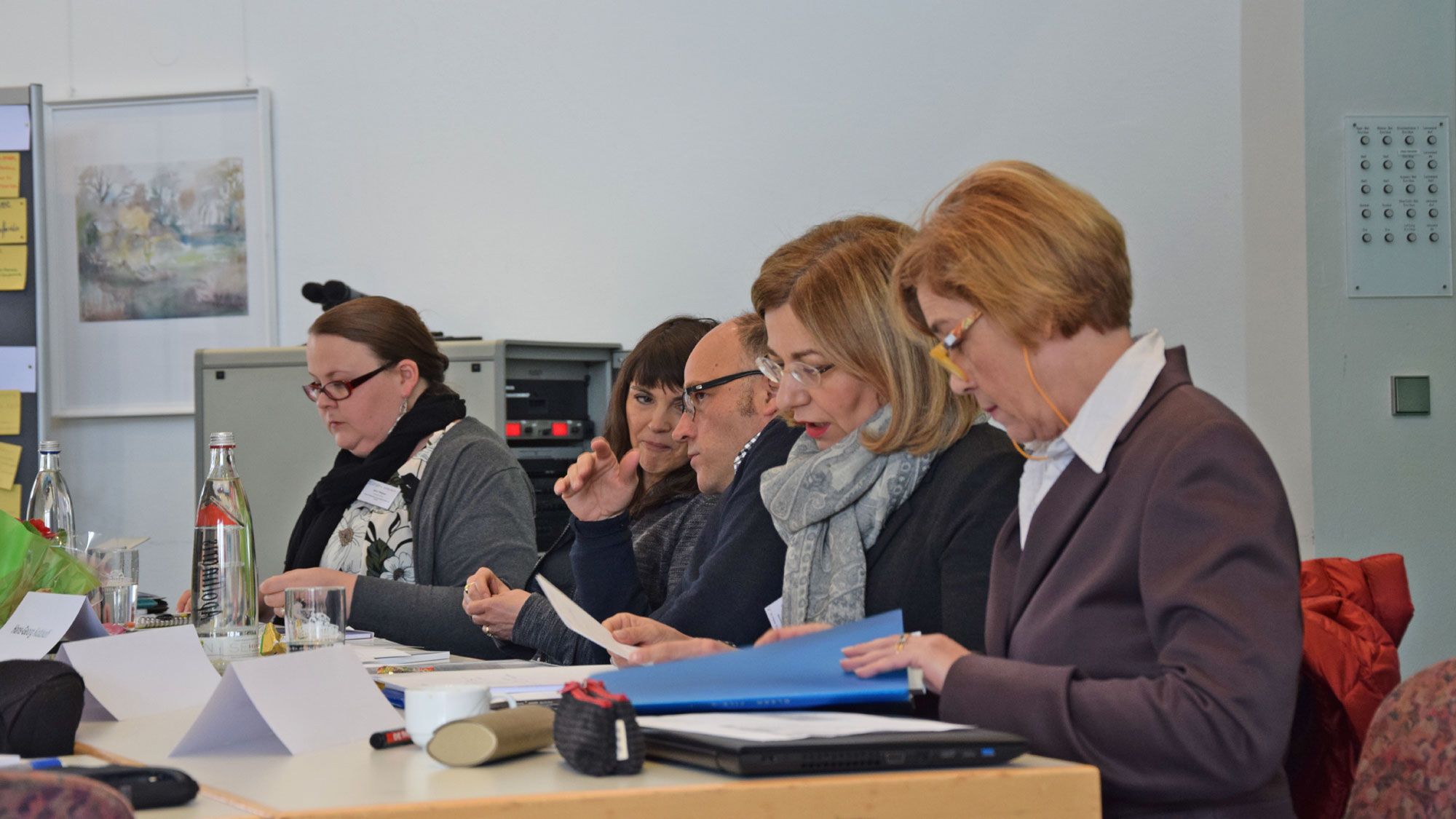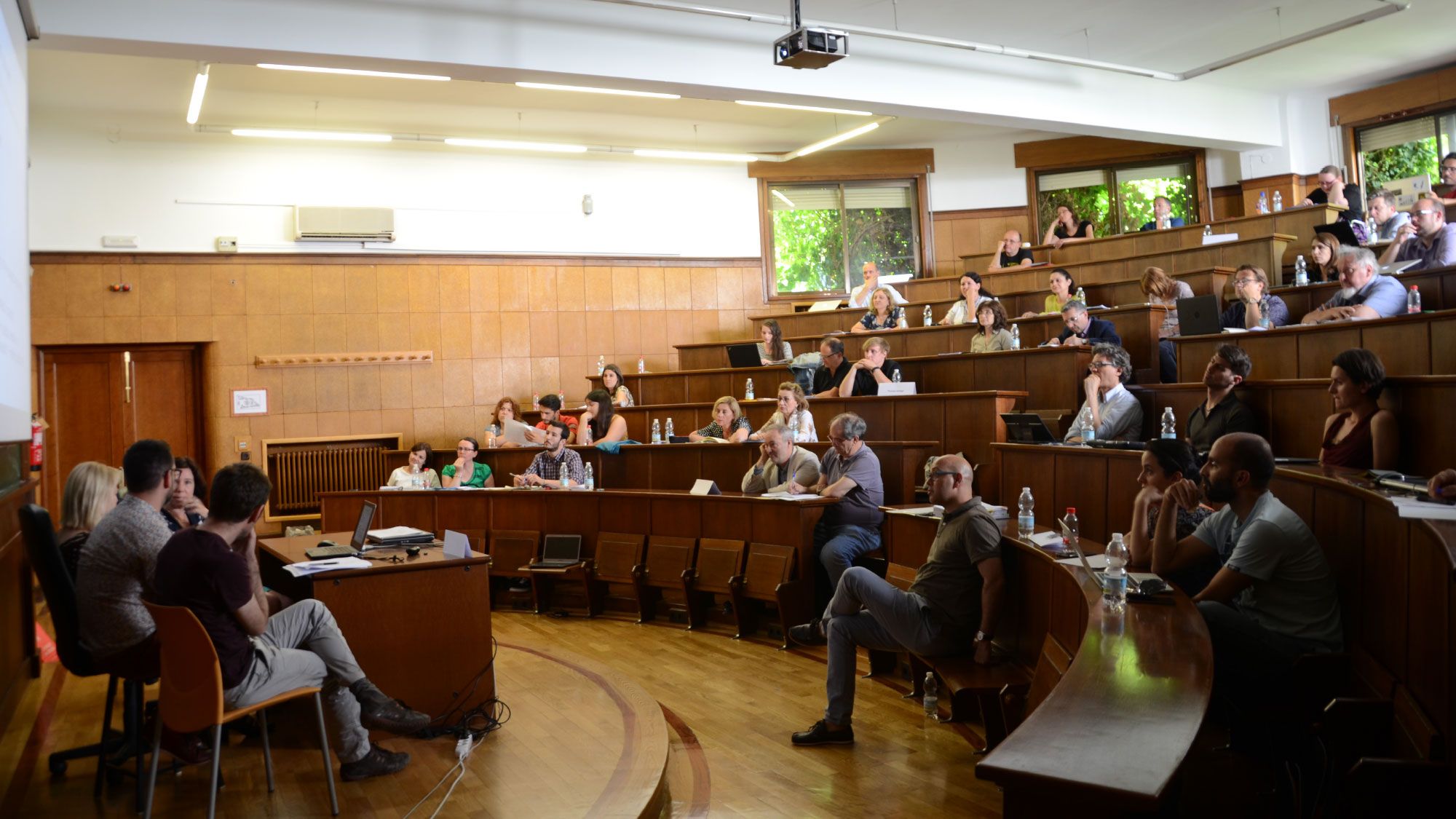Youth Transition Regimes
The concept of transition regimes refers to different (national) configurations of the regulation of transitions in the life course. It has been developed in the context of European comparative research on young people’s transitions from education to work. Regimes distinguish clusters of socio-economic, institutional and cultural factors that interact with individual agency. One starting point has been the model of welfare regimes (Esping-Anderson 1990) but apart from different structures of welfare it includes also structures of education systems and youth policies as well as different meanings of 'youth' and 'disadvantage'. The notion of ‚regime‘ refers to the fact that regulation of life course trajectories expands beyond institutional governance including individual biographical constructions. This means that transition regimes distinguish different configurations of power and normality in organising social inclusion and exclusion.
The model distinguishes between four regime types (Walther 2006): the universalistic regime in the Nordic countries is characterized by an extended welfare provision combined with an inclusive schooling system. The focus in this regime-type is on education and activation. The liberal regime in the Anglo-Saxon countries is characterized by an adaptive and versatile education and training system combined with open, easy access to employability. At the same time employment is often combined with high risk and low access to welfare. The employment-centred in the continental countries has educational and training frameworks that are more selective and standardized. The focus in this regimes is mostly on (pre-)vocational training. Access to social assistance is not universal, especially for disadvantaged young people. The familistic or subprotective in the Mediterranean countries s characterised by a non-selective educational system combined with low-standard training schemes. Access to the labour market is challenging, with high rates of informal and precarious jobs. The role of the family in these countries is prominent, with high levels of dependency.
The model is static and limited as – so far – it does not include Central and Eastern European transformation societies or other non-Western contexts. It therefore is a rather heuristic than descriptive approach that helps to be open for diverse contexts and different normalities (Walther 2006). It helps understanding that national societies underly mechanisms of path dependency according to which they interpret global governance – such as lifelong learning – differently (cf. Mayer 2005); while it requires constant development and critique (see also Piupionik/Ryan 2012).
Hall/Soskice (2001) focus in a similar analysis on the different regimes of economic activity, clustering countries along the axis of liberal and co-ordinated market economies. Still, the overall approach is similar, developing ideal types of rules and systems (regimes) governing the way how goods and labour markets, production and accordingly school to work transition is organised.
The objective of YOUNG_ADULLLT is to integrate insights from the concepts presented, further probing their empirical usefulness at local/regional level. In particular, YOUNG_ADULLLT will describe networks and landscapes of policy-making in Lifelong Learning related fields. It studies the different forms of embedding of Lifelong Learning policies at local/regional level and will produce a typology of European modes of governance of Lifelong Learning policy-making.
References
Esping-Andersen, G. (1990). The Three Worlds of Welfare Capitalism, Cambridge: Polity Press.
Hall, P. A & Soskice, David (Eds.) (2001). Varieties of Capitalism. The Institutional Foundations of Comparative Advantage, Oxford: Oxford University Press.
Mayer, K.-U. (2005). Life Courses and Life Chances in a Comparative Perspective, in Svallfors, S. (Ed.), Analyzing Inequality: Life Chances and Social Mobility in Comparative Perspective, Palo Alto: Stanford University Press, pp. 19-55.
Piupionik, M. & Ryan, P. (2012). Improving the transition between education/training and the labour market: What can we learn from various national approaches. EENEE [European Commission Network on Economics of Education] Analytical Report No. 13.
Walther, A. (2006). Regimes of Youth Transitions. Choice, flexibility and security in young people’s experiences across different European contexts, in Young, Vol. 14, No. 1, pp. 119-141.
This entry is a slightly modified version of the one in the EU-project GOETE (http://www.goete.eu/glossary) written by Andreas Walther
(Uwe Bittlingmayer, Thomas Verlage & Andreas Walther)





